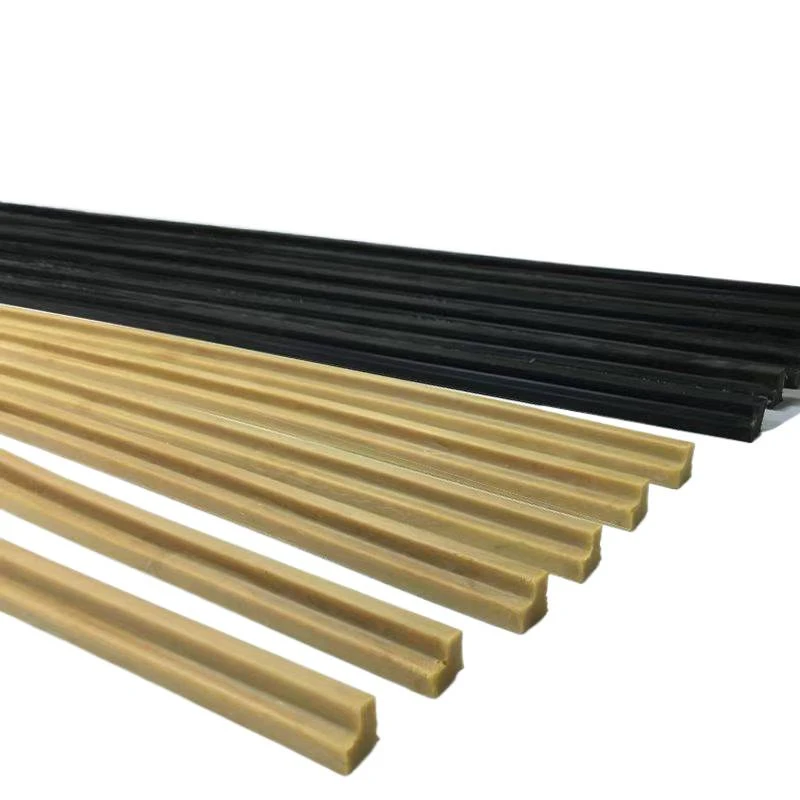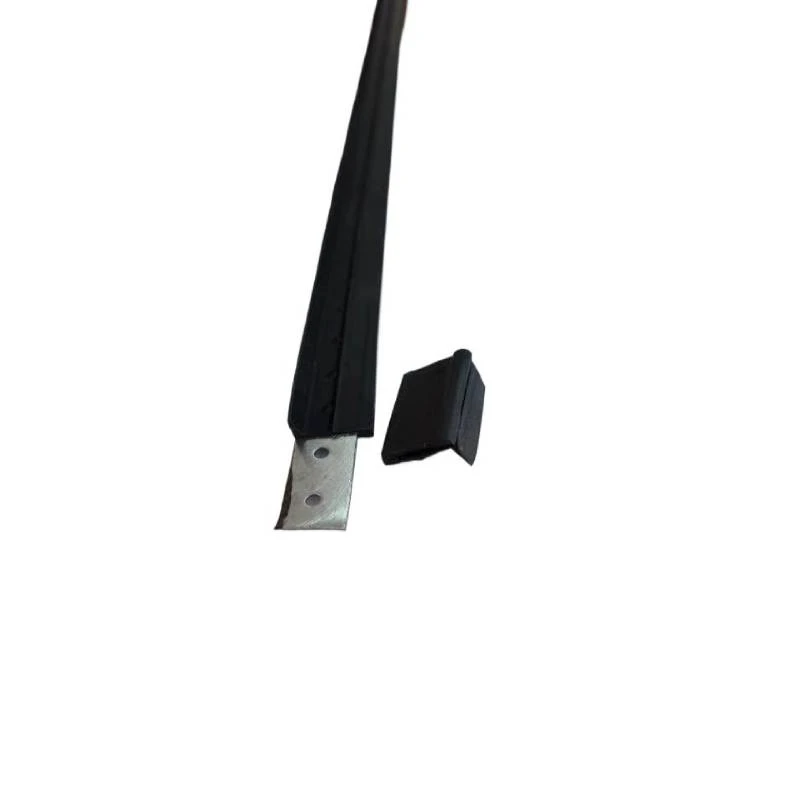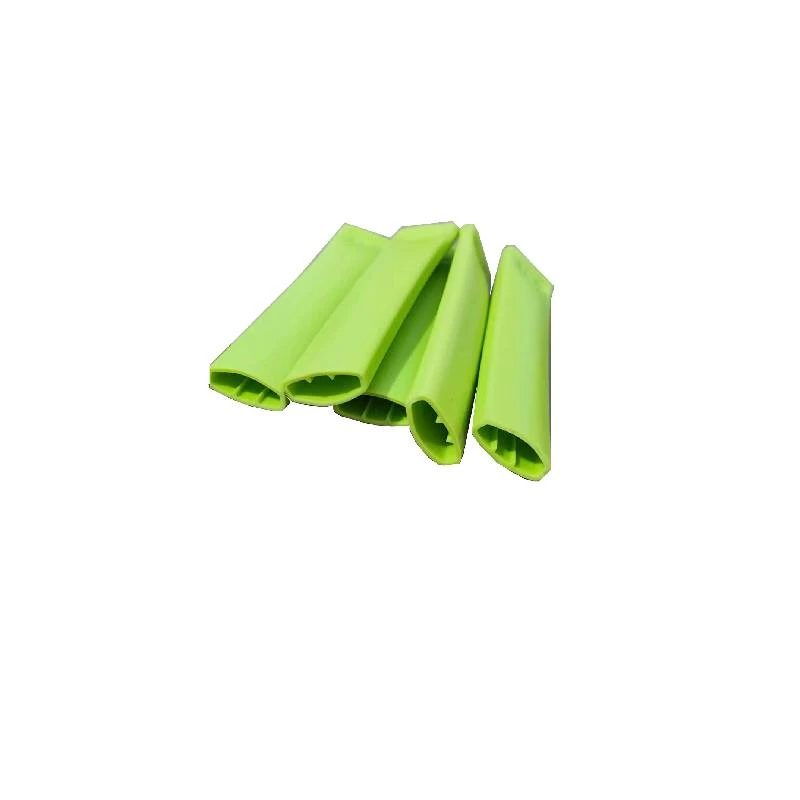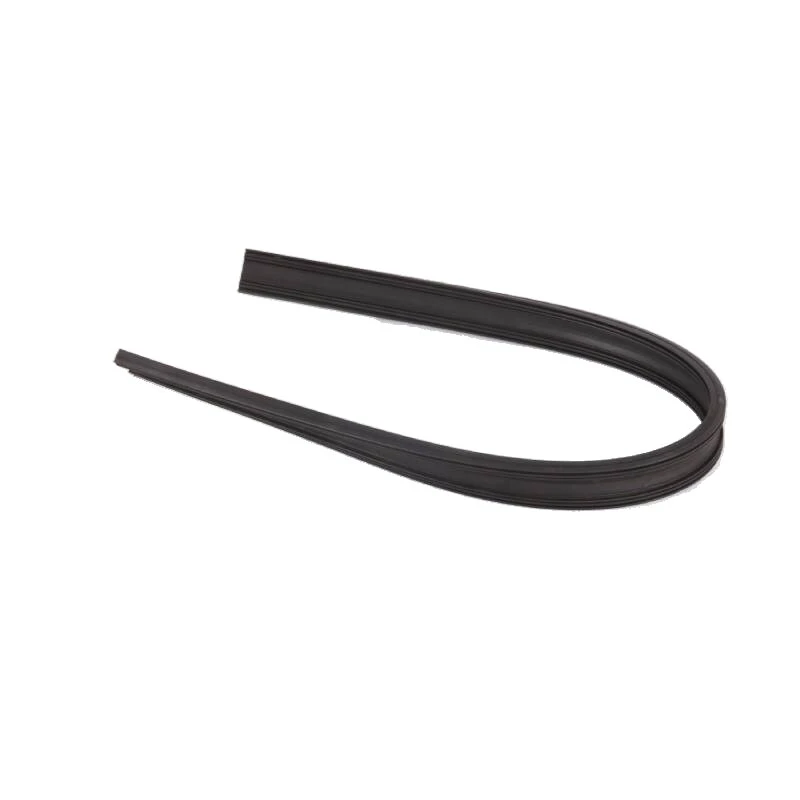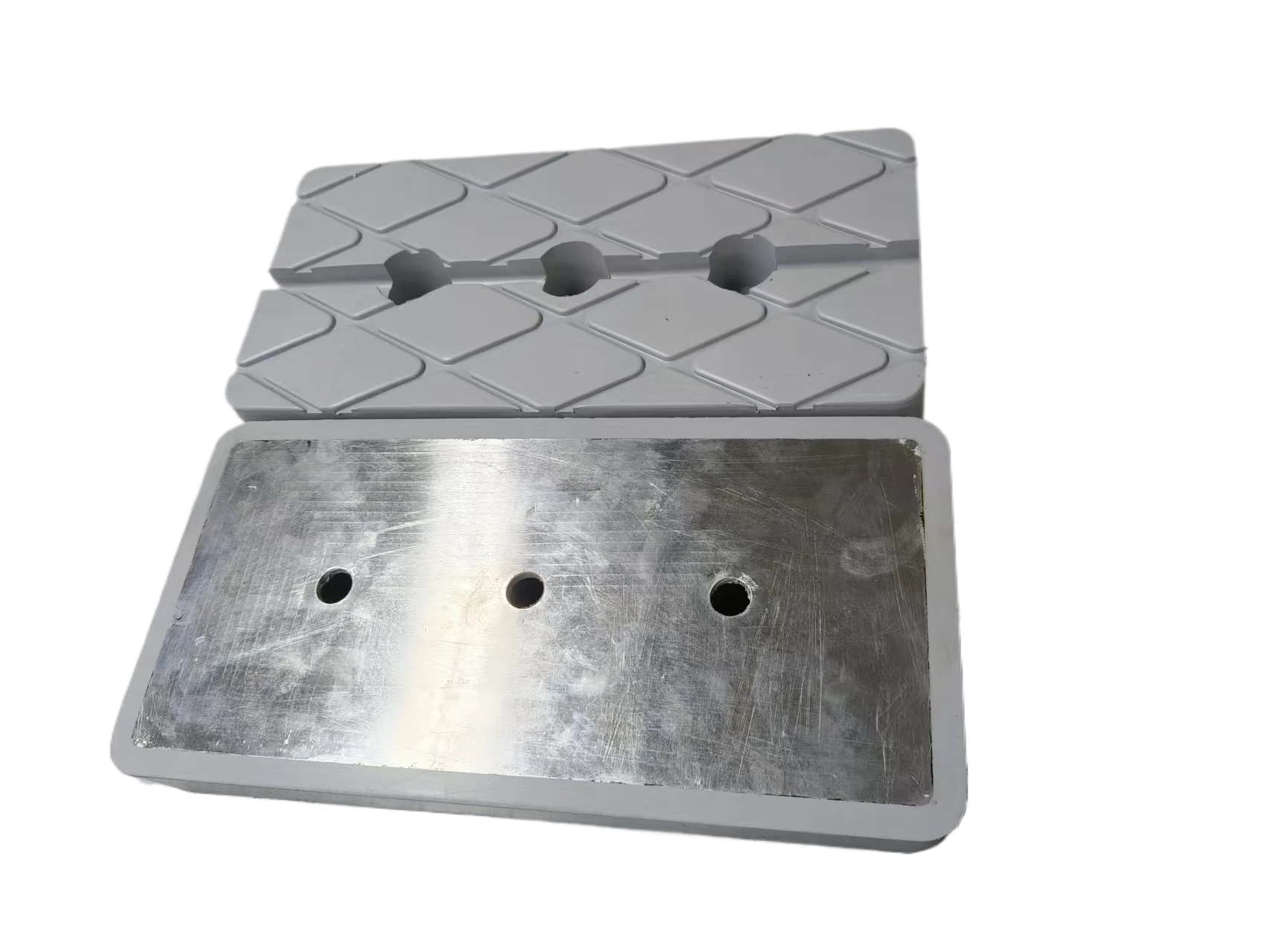
- Afrikaans
- Albanian
- Amharic
- Arabic
- Armenian
- Azerbaijani
- Basque
- Belarusian
- Bengali
- Bosnian
- Bulgarian
- Catalan
- Cebuano
- chinese_simplified
- chinese_traditional
- Corsican
- Croatian
- Czech
- Danish
- Dutch
- English
- Esperanto
- Estonian
- Finnish
- French
- Frisian
- Galician
- Georgian
- German
- Greek
- Gujarati
- haitian_creole
- hausa
- hawaiian
- Hebrew
- Hindi
- Miao
- Hungarian
- Icelandic
- igbo
- Indonesian
- irish
- Italian
- Japanese
- Javanese
- Kannada
- kazakh
- Khmer
- Rwandese
- Korean
- Kurdish
- Kyrgyz
- Lao
- Latin
- Latvian
- Lithuanian
- Luxembourgish
- Macedonian
- Malgashi
- Malay
- Malayalam
- Maltese
- Maori
- Marathi
- Mongolian
- Myanmar
- Nepali
- Norwegian
- Norwegian
- Occitan
- Pashto
- Persian
- Polish
- Portuguese
- Punjabi
- Romanian
- Russian
- Samoan
- scottish-gaelic
- Serbian
- Sesotho
- Shona
- Sindhi
- Sinhala
- Slovak
- Slovenian
- Somali
- Spanish
- Sundanese
- Swahili
- Swedish
- Tagalog
- Tajik
- Tamil
- Tatar
- Telugu
- Thai
- Turkish
- Turkmen
- Ukrainian
- Urdu
- Uighur
- Uzbek
- Vietnamese
- Welsh
- Bantu
- Yiddish
- Yoruba
- Zulu
Rubber Parts Manufacturer for Custom Molding & Prototyping?
Rubber Shock Absorber Pad: Field Notes from the Floor and the Test Lab
If you’ve ever stood beside a generator skittering across a concrete slab, you already know why vibration control matters. I’ve been around factories long enough to say this with a straight face: getting rubber right is half science, half craft. As a rubber parts manufacturer, we obsess over the tiny variables—mix design, cure time, durometer—that turn a simple pad into a quiet, dependable workhorse.

What’s changing in the industry (and why it matters)
Electrification is pushing stricter NVH targets; construction sites are asking for faster installs with fewer anchors; maintenance teams want pads that shrug off oil and UV without cracking in a year. Materials are shifting too—more EPDM for weather, more NBR around hydraulics, and yes, recycled content where performance allows. Honestly, the winners are the teams balancing sustainability with hard data.
Rubber Shock Absorber Pad — product snapshot
| Material options | NR, NBR, EPDM, CR (neoprene); metal-shim sandwich optional |
| Hardness | 40–80 Shore A (±3), ISO 7619-1 / ASTM D2240 |
| Operating temp | -30°C to +110°C (material-dependent) |
| Compression set | ≈ 12–25% after 22h @70°C (ISO 815-1; real-world use may vary) |
| Tensile strength | Up to 18 MPa (ISO 37, material-specific) |
| Load capacity | ≈ 0.5–12 kN per pad (size/durometer dependent) |
| Thickness & sizes | 6–50 mm standard; custom cuts, checker/waffle textures |
| Standards & compliance | ASTM D2000, ISO 7619-1, ISO 37; RoHS/REACH on request |
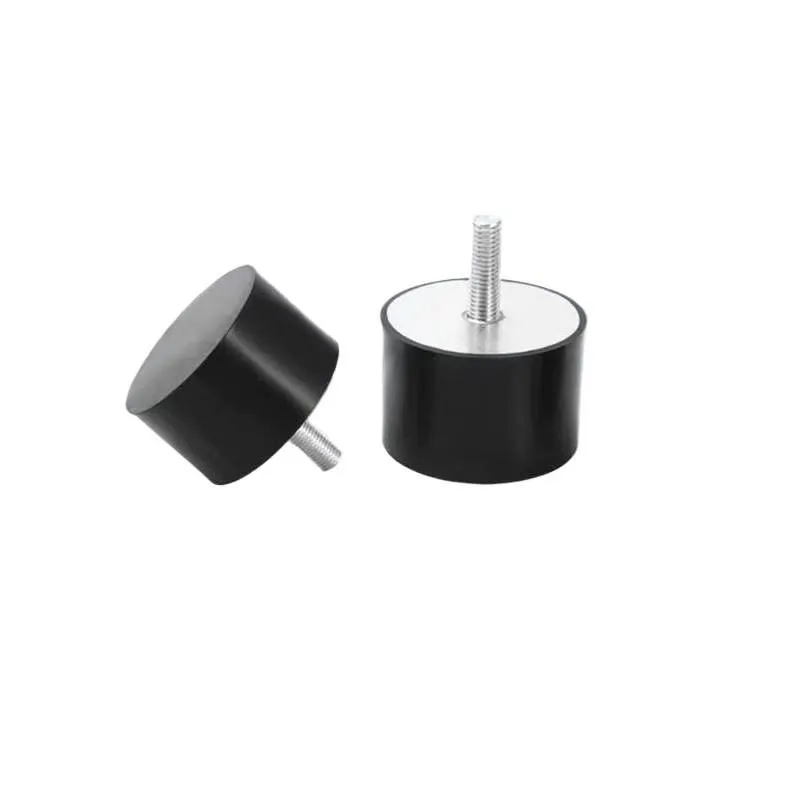
How we make it (short version)
- Compounding: polymer + carbon black/silica + oils + curatives, mixed to target durometer and damping.
- Molding: compression or transfer molding; vulcanization curve tuned to avoid under/over-cure.
- Finishing: deflashing, optional adhesive backing, metal-shim bonding, surface texturing.
- Testing: hardness (ISO 7619-1), tensile/elongation (ISO 37), compression set (ISO 815-1), aging (ASTM D573), salt spray for inserts (ASTM B117). Typical service life ≈ 5–8 years depending on load, temperature, and oils.
Where it’s used
HVAC bases, generators, compressors, CNC feet, pumps, packaging lines, vehicle lifts, rail cabinets, even under home treadmills (no shame in that). Many customers say the install takes minutes and the difference is immediate.
Advantages with data
In our lab (60 Shore A NR, 20 mm thick, 180 kg load), we measured transmissibility T ≈ 0.28 at 25 Hz, and a damping ratio ζ ≈ 0.12. Compression set came in at 18% after 22h @70°C (ISO 815-1). Field teams report noise drops of 10–18 dB around gensets—your mileage, as always, depends on the structure and load path.

Vendor comparison (what buyers quietly check)
| Vendor | Lead time | Certs | Customization | Traceability |
|---|---|---|---|---|
| FY Gasket (rubber parts manufacturer) | 7–15 days typical | ISO 9001 (on request docs), RoHS/REACH materials | Durometer, geometry, shims, adhesives | Batch codes + material COA |
| General Trader A | 15–30 days | Partial | Limited | Basic lot notes |
| Low-cost Shop B | Stock-only | Unknown | None | None |
Customization tips (from the field)
Outdoor gear? Pick EPDM. Oil on the floor? Go NBR. Highly dynamic loads (presses)? NR with a metal shim. If the machine “walks,” try a waffle texture and a slightly softer pad; surprisingly, 50–60 Shore A often beats 70A for real-world isolation. Our team at rubber parts manufacturer will model load/deflection and send a quick curve.
Case study (quick read)
A concrete batching plant reported cracked grout and operator complaints near a 45 kW compressor. We swapped in 8 pads (20 mm EPDM, 60A) under the skid. Result: floor RMS vibration dropped ≈ 42%, and the nearest workstation measured -12 dB(A). Six months later, no bolt re-tightening. Not bad, I guess.
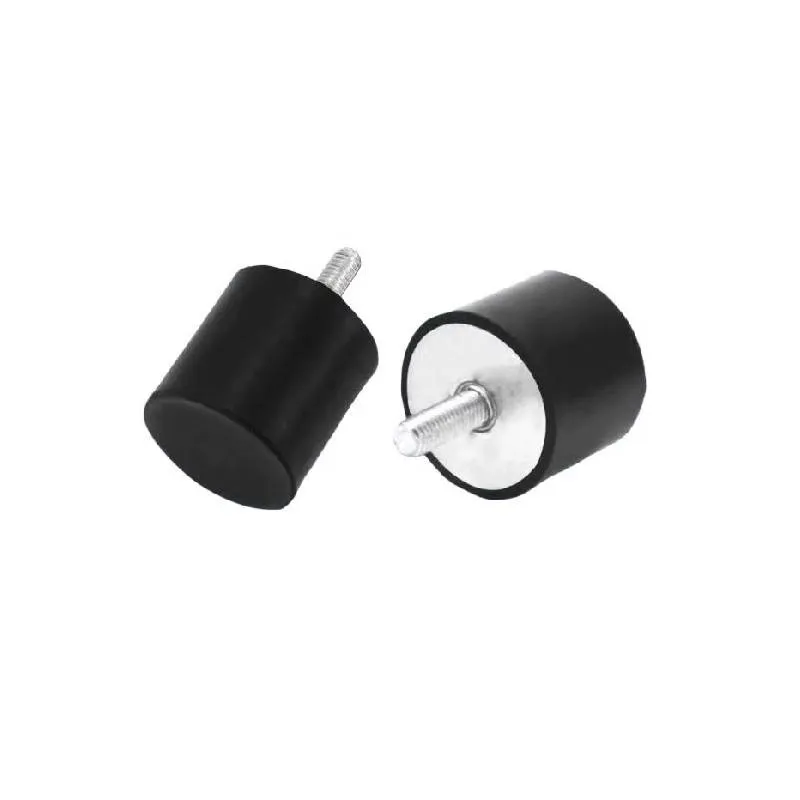
Made where we can watch every batch: No. 228 North Street, Gaobeidian City, Hebei Province. If you need drawings reviewed, the applications team at rubber parts manufacturer can turn around recommendations within a day, usually.
References
- ISO 7619-1: Rubber, vulcanized or thermoplastic — Determination of indentation hardness
- ISO 37: Rubber, vulcanized or thermoplastic — Tensile stress-strain properties
- ISO 815-1: Rubber, vulcanized or thermoplastic — Compression set
- ASTM D2000: Classification system for rubber products
- ASTM D573: Rubber deterioration — Heat aging
- ISO 9001: Quality management systems
-
Plastic Pelton Wheel – Lightweight, Cost-Effective Hydropower SolutionsNewsNov.24,2025
-
Durable and Cost-Effective Plastic Sheave Wheels for Modern IndustryNewsNov.24,2025
-
Plastic Spoke Wheel – Lightweight, Durable Wheels for Global Mobility SolutionsNewsNov.24,2025
-
Plastic Stem Casters: Durable, Cost-Effective Mobility Solutions for Every IndustryNewsNov.24,2025
-
Plastic Wheel Roller: Durable, Lightweight Solutions for Modern IndustryNewsNov.24,2025
-
Plastic Wheelchair Wheels: Durable, Affordable Mobility Solutions WorldwideNewsNov.24,2025
-
Small Plastic Casters – Durable, Lightweight Wheels for Global MobilityNewsNov.24,2025



